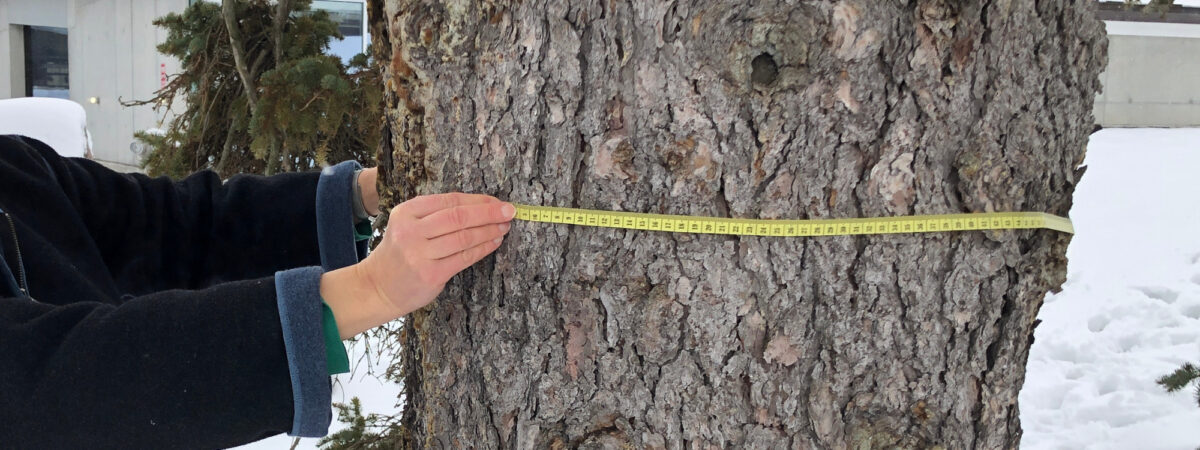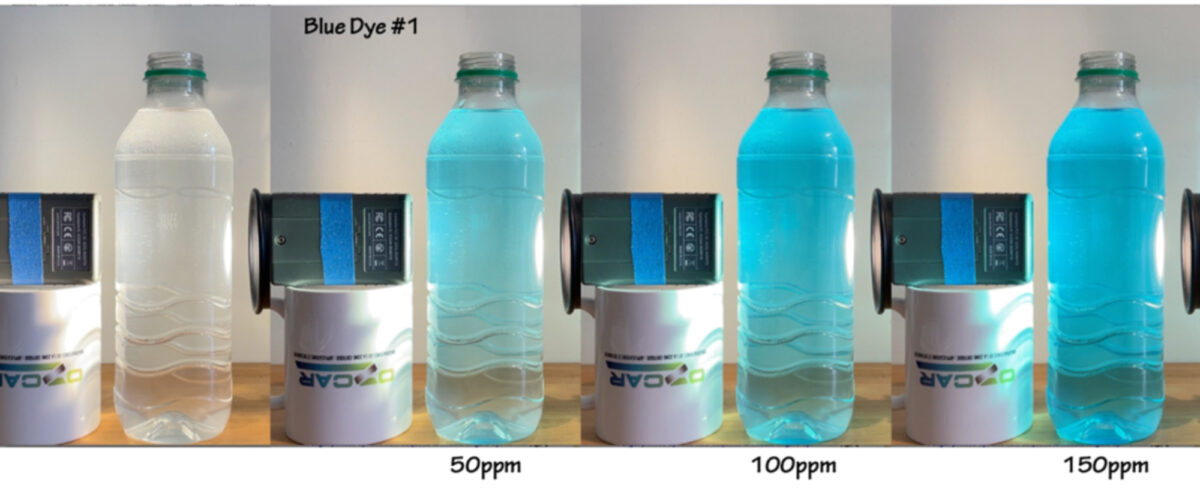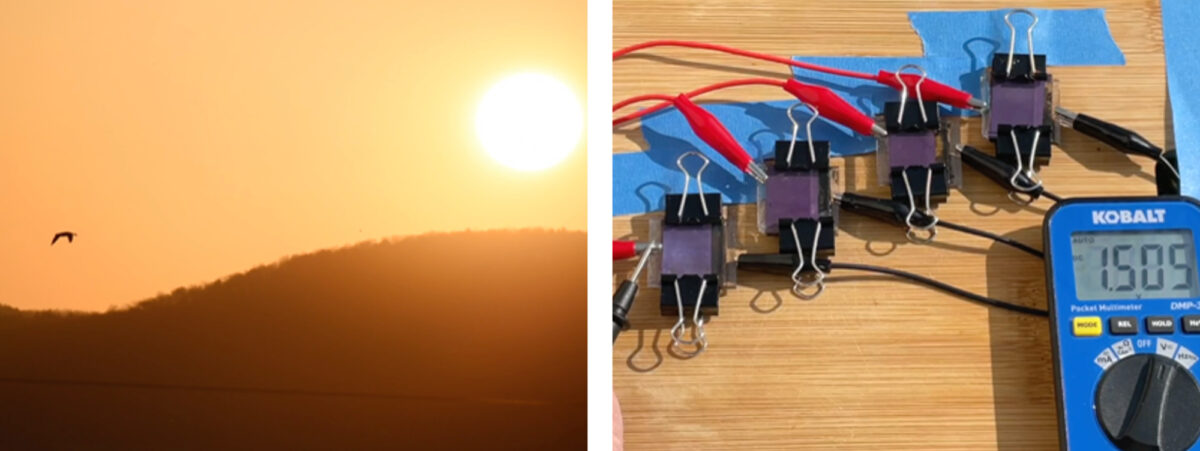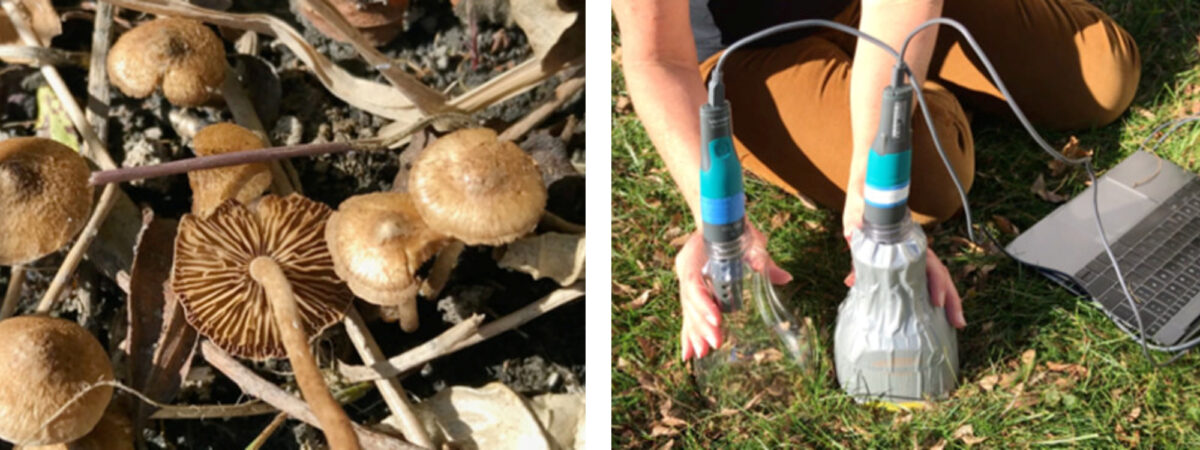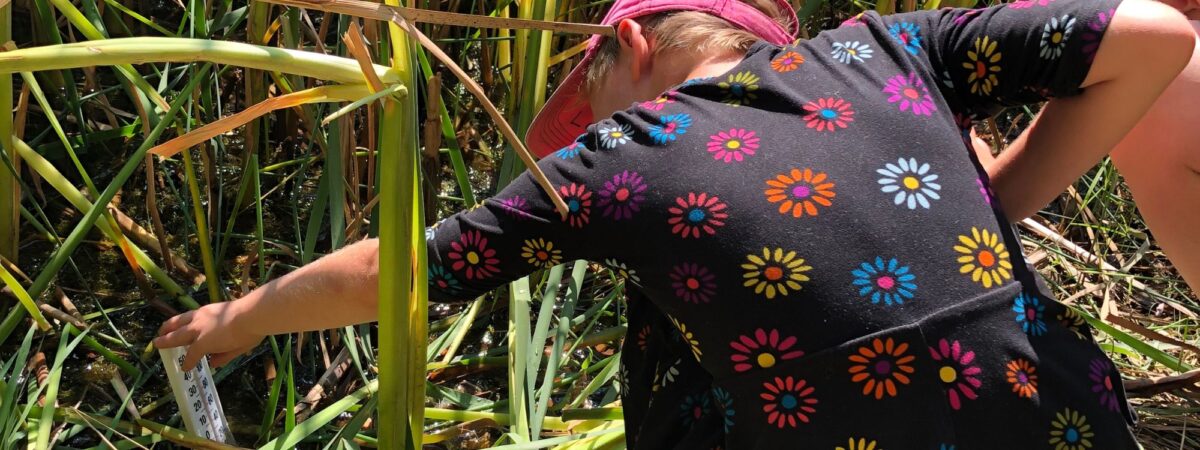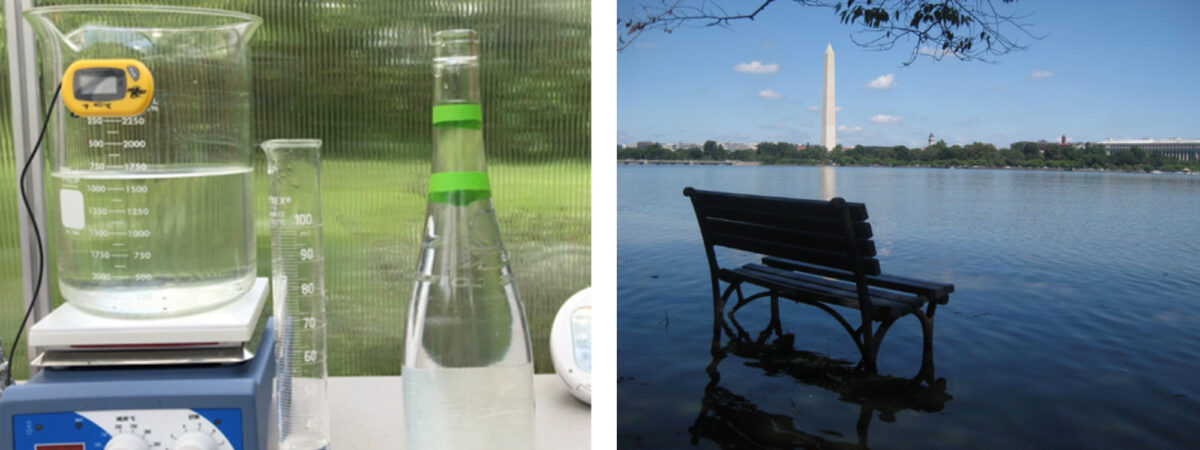Photosynthesis is the process that builds the biomass of plants, and plants take in carbon dioxide (CO₂) from the atmosphere during photosynthesis. Students will measure a tree and compute how much CO₂ it has taken in over its lifetime.
The World in a Tank: CO₂ Drawdown Challenge
Students will design and test a closed system that will pull CO₂ levels down below pre-industrial atmospheric concentrations (that is, below 280 ppm). The objective is to design a tank where the rate of photosynthesis exceeds that of respiration so that CO₂ levels decrease on average over time.
PPM: The Impact of Trace Elements in the Environment
The environmental consequences of tiny quantities can be huge. In this activity we use dye and water to show how big a tiny change can be. Students sequentially add drops of food coloring to one liter of water to assess the change caused by a trace component. The changes can be described qualitatively, or, quantified with photographs or a light meter.
DIY Solar Energy: Photosynthetic Solar Cells
Using materials like iodine, blackberry juice, and a few specialized components, students will create a working solar cell that mimics the process of photosynthesis.
Respiration
Students measure the flux of carbon dioxide from soil to the atmosphere using a lab CO2 probe and home-made flux chambers. The experiment can be designed to allow students to manipulate the experimental conditions, and explore the relationship between temperature and respiration, pointing to an important consequence of global climate change.
Timeline: How Long Ago Was The Last Glacial Maximum?
Students work together to create a rope timeline that illustrates time scales of thousands of years compared with human lifetimes.
Weather Instruments
Students build a simple wind dial (anemometer) and explore how pine cones can tell us about humidity in the air.
Temperature Detectives
Students use basic thermometers to measure air temperatures under different conditions, draw conclusions about why air temperatures differ in these conditions, and apply what they’ve learned to strategies for staying cool during extreme heat events.
Thermal Expansion of Water
In this activity we calculate the coefficient of thermal expansion for tap water. Students will heat water in a long-necked glass bottle to explore the relationship between temperature and volume of water. Quantifying the initial volume, change in volume, and the initial and final temperatures allows students to calculate the coefficient of thermal expansion.
Sunlight Stored in Soil
Students measure a soil temperature profile to explore the effect of energy from the Sun on the shallow subsurface environment. Multiple temperature profiles allow students to analyze the daily change in energy that diffuses into the subsurface, and its differential impact near the surface and at depth.



